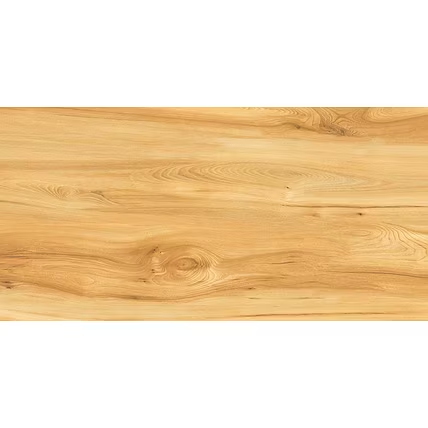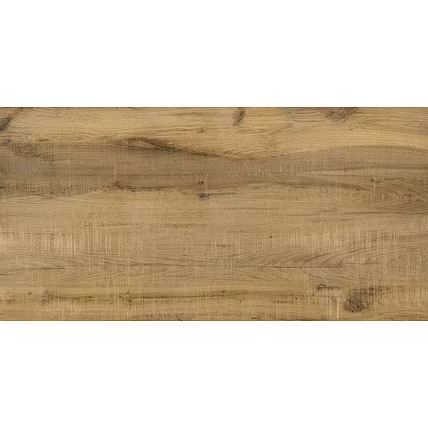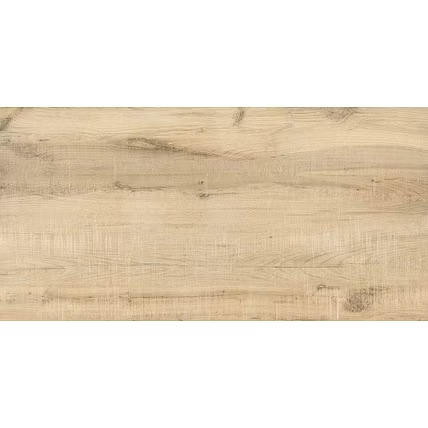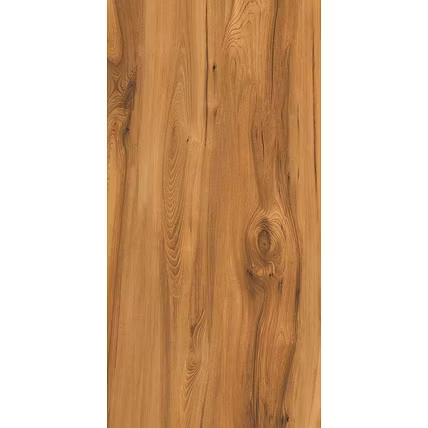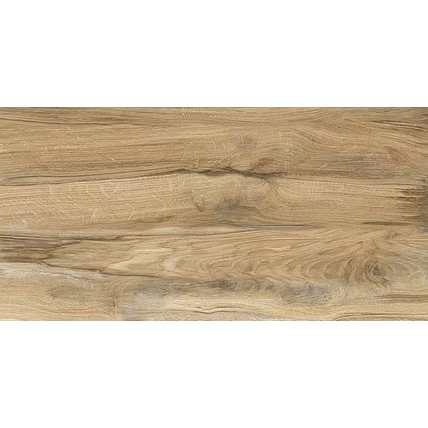WOODEN SERIES MATT
Price upon request-
Product is not available
Wooden Series - Vitrified Tiles for Flooring, Walls.
Size
2x4[600x1200MM]
2x2[600x600MM]
16x16[400x400MM]
GVT | PGVT | DC Designs
Benefits of Vitrified Tiles
Vitrified tiles are known for their strength and resistance to scratches, stains, and moisture. They are easy to clean and maintain, making them ideal for high-traffic areas like living rooms, kitchens, and bathrooms. Additionally, their glossy finish adds a touch of luxury to any room.
-
Additional Information
Vitrified tiles, renowned for their elegance and durability, have become a popular choice for modern homes. In this guide, we will delve into the world of vitrified tiles, exploring their benefits, types, installation, and maintenance.
What are Vitrified Tiles?
Vitrified tiles are produced by fusing silica and clay at high temperatures. This process results in a non-porous, glass-like surface that is both stain-resistant and durable. These tiles come in a variety of colors, patterns, and finishes, making them a versatile option for any space.
Benefits of Vitrified Tiles
Vitrified tiles are known for their strength and resistance to scratches, stains, and moisture. They are easy to clean and maintain, making them ideal for high-traffic areas like living rooms, kitchens, and bathrooms. Additionally, their glossy finish adds a touch of luxury to any room.
Types of Vitrified Tiles
Vitrified tiles come in two types: soluble salt and double charge. Soluble salt tiles have a printed design on the surface, while double charge tiles have a layer of pigment added during production, making them more durable and suitable for heavy use.
-
Reviews ()
